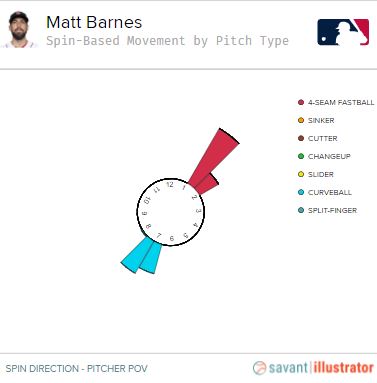Vladimir Guerrero Jr. Is Here
It’s April 27. The Blue Jays may not be dominant — their roster has been decimated by injuries — but they are getting by, at least so far. They have just taken a rare series from the Rays in St. Petersburg; after a lengthy road trip, they now return to their home away from home in Dunedin, with Max Scherzer awaiting them on the mound.
On a bullpen day, the Nationals quickly take a 3-0 lead: two home runs from Trea Turner, another from Yadiel Hernandez. Scherzer erases singles in the first and second on double plays. But in the third, things start to happen: back-to-back singles from Alejandro Kirk and Cavan Biggio. A Bo Bichette walk loads the bases for Vladimir Guerrero Jr.
Guerrero hit into the double play that ended the first inning — just the second time he’s grounded into a double play this season, a ball he scorched into the dirt at 109 mph. He’s 1-for-11 over the past few games. He fouls off Scherzer’s first pitch, a slider in the zone; he watches two that miss. The fourth slider stays up. A grand slam, and the Jays lead. Read the rest of this entry »


